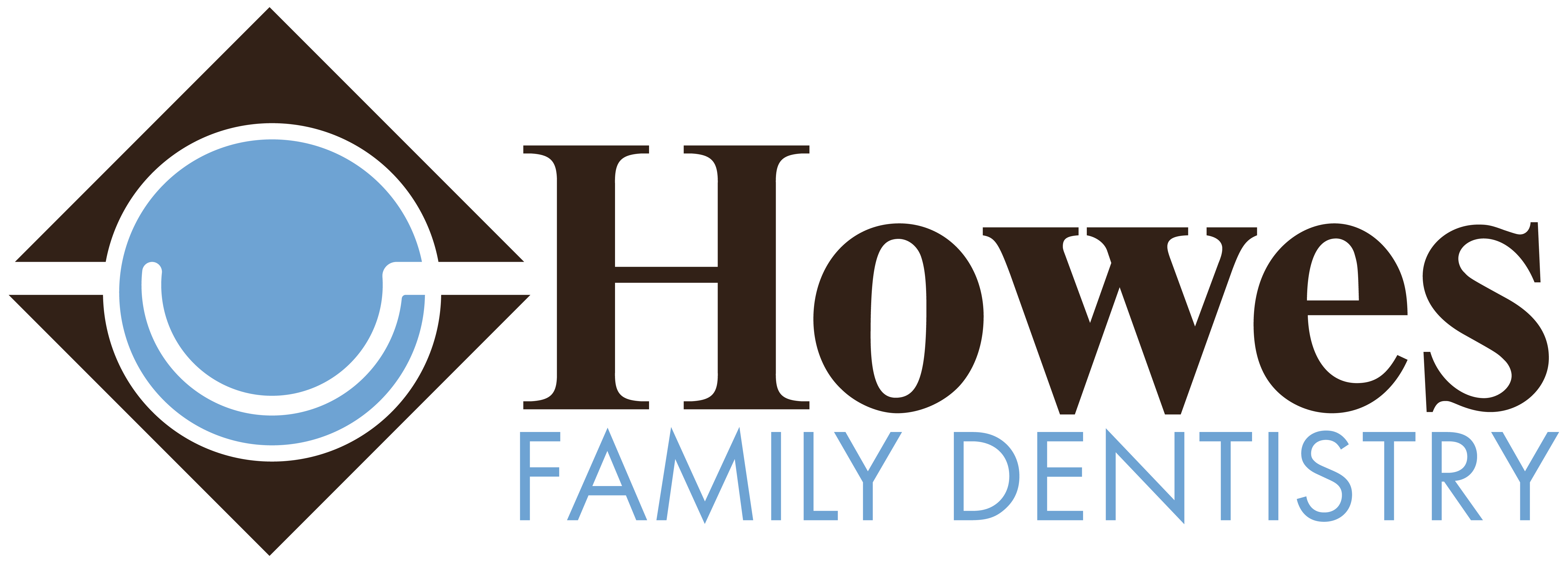Sedation dentistry is a type of dental care that uses medication to help patients relax and feel more comfortable during dental procedures. It can be used for a variety of dental procedures, including cleanings, fillings, root canals, and surgery.
There are three main types of sedation dentistry: nitrous oxide (laughing gas), oral sedation, and intravenous (IV) sedation. Nitrous oxide is the mildest form of sedation and is inhaled through a mask placed over the nose. Oral sedation is taken in pill form and produces a deeper level of relaxation. IV sedation is administered through a vein and is the deepest level of sedation.
Sedation dentistry is safe and effective for most people. However, it is important to talk to your dentist about the risks and benefits of sedation dentistry before any procedure.
“Laughing Gas”
Laughing gas, also known as nitrous oxide, is a mild sedative that is used in dentistry and medicine to help patients relax and feel more comfortable during procedures. It is a colorless, odorless gas that is inhaled through a mask placed over the nose.
Laughing gas works by slowing down the central nervous system. This can produce a variety of effects, including:
- Feelings of relaxation and euphoria
- Reduced anxiety and fear
- Altered perception of time and sound
- Lightheadedness and dizziness
Here are some of the benefits of laughing gas:
- It is a mild sedative that is easy to administer and wears off quickly.
- It can help to reduce anxiety and fear of the dentist.
- It can make dental procedures more tolerable for people with dental anxiety or phobias.
- It is a relatively safe sedative for most people, including children and pregnant women.
